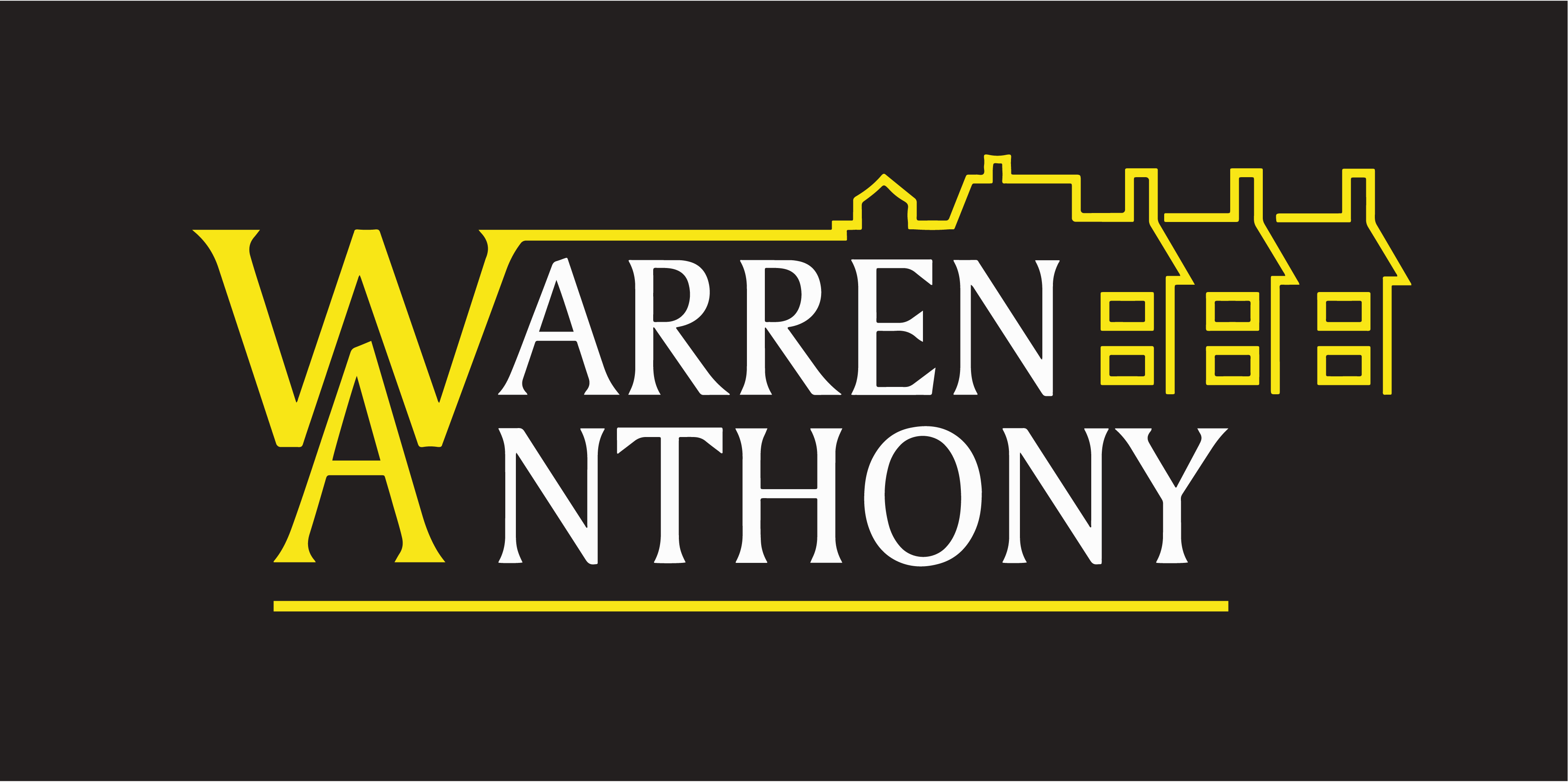An inventory is a document which describes the condition of both the property itself and of any items within it. This is signed by the landlord and tenant(s) at the start of the tenancy to confirm they agree the conditions.
Why will I need an Inventory?
From 6 April 2007, Tenancy Deposit Protection (TDP) will apply to all Assured Shorthold Tenancies in England and Wales where a deposit is taken. This is to ensure good practice in deposit handling, and to assist with the resolution of disputes. A new inventory should be created at the start of each tenancy to protect either party in the event of a dispute about the state of the property and its contents when the tenant moves out. This will be required for a referral to the Alternative Dispute Resolution (ADR) service, and is good evidence for use in any form of mediation or trial.
What can be included?
The inventory may include photographic or video evidence. If photographic evidence is included, each photograph should be signed and dated by the tenant and the landlord/letting agent to confirm that it is a true representation of the property at that time. Copies of the signed inventory and any photographic or video evidence should be kept by both landlord and tenant throughout the tenancy.
What is an Inventory?
The inventory is a record of the condition of the property and the items included in the tenancy agreement. When the tenant moves out of the property, the landlord can use the inventory to justify keeping some or all of the deposit that has been paid. The tenant can also use the inventory to their advantage if the landlord attempts to charge them for damage that was already present when the tenant moved in.
Whether a property is furnished or unfurnished, an inventory should be completed. Even if there is no furniture in the property, the condition of the property as well as any built in fixtures and fittings should be recorded. Both landlord and tenant(s) should sign the inventory to agree the conditions. It should be used to record issues concerning the property such as poor décor, missing roof tiles, damaged guttering etc as well as items that are included as part of the tenancy agreement such as fridges, beds, microwaves, cutlery and so on. The condition of doors, walls, windows, floors, carpets, stairs etc should all be recorded.
Before Signing an Inventory
Great care should be taken in making sure that everything listed on the inventory is actually in the property and is in the condition described.
If damage is present but not recorded, it must be added to the inventory. It is advisable for tenants to spend time in the property at the start of the tenancy, identifying and recording existing defects so that they are not charged for them at the end of their tenancy.
Damage to kitchen worktops, carpets and wall damage from door handles or furniture are common issues and should be checked for. There should also be an accurate record of the number of keys for each lock, including any window or outbuilding keys.
To avoid any confusion, the document should be legible, preferably printed. Both the landlord/letting agent and the tenant(s) must have signed the inventory and both parties should have an identical copy.
At the End of the Tenancy
Prior to part or all of the deposit being returned, an inspection of the property should be carried out, and defects should be compared to the original inventory. It is useful to use an inventory that allows you to record information at the beginning and the end of the tenancy in one document. This makes comparison easier, and it can also be useful to include a ‘costs’ column which can include any repair costs needed.
Where an item needs to be replaced, the condition of the item at the beginning of the tenancy should be taken into account.
